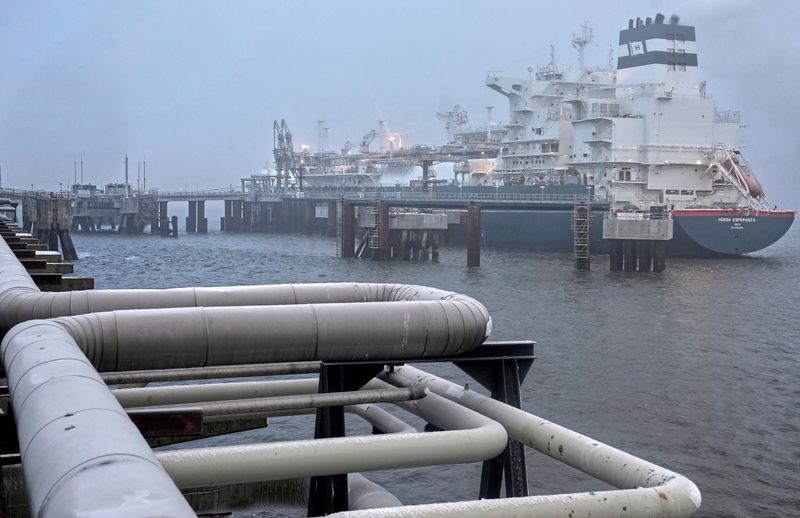Energy companies now aim to invest more than $5.5 billion to assist build the clean energy infrastructure the nation needs to help reduce its dependence on Russian gas. Germany’s only deep-water port is home to its largest naval base.
In an effort to partially fill the vacuum left by Moscow’s cuts, Europe’s top industrial exporter has only barely survived an energy crisis by hurriedly constructing improvised floating infrastructure for importing liquefied natural gas (LNG).
The port of Wilhelmshaven on Germany’s northern coast is emerging as a centre for the infrastructure required for hydrogen and ammonia imports, hydrogen production, and offshore carbon emissions storage, however, energy companies are already looking beyond LNG in their efforts to limit the usage of fossil fuels.
“We will become the pumping heart of Germany by 2030,” said Alexander Leonhardt, who heads the business development agency for Wilhelmshaven, which has a population of 80,000. Challenges to its development include concerns about disturbing wildlife in the sensitive Wadden Sea and the risks of LNG overcapacity.
Read Also: ice-sheets-can-collapse-at-600-metres-a-day-far-faster-than-feared-study-finds
Wintershall Dea (WINT.UL) (BASFn.DE), Uniper (UN01.DE), and Tree Energy Solutions (TES), according to Uwe Oppitz of Rhenus Ports, who represents Energy Hub Port Wilhelmshaven, intend to invest a combined total of more than 5 billion euros at Wilhelmshaven.
The Lower Saxony state of Wilhelmshaven is one of the 30 firms that make up the Energy Hub Port Wilhelmshaven, along with E.ON (EONGn.DE), RWE (RWEG.DE), and Orsted (ORSTED.CO).
Oppitz stated that the investment, whose size has not previously been disclosed, will take place between 2026 and 2030 and that the entire sum was disclosed subject to the publication of no breakdown.
The private investment group AtlasInvest, which supports TES, deemed the total to be reasonable.
According to Wintershall Dea, two projects called BlueHyNow and CO2nnectNow are in the works.
Story adapted from Reuters
